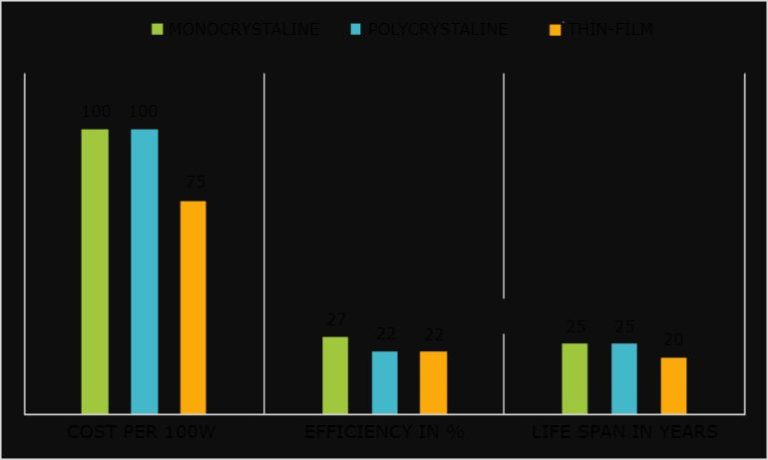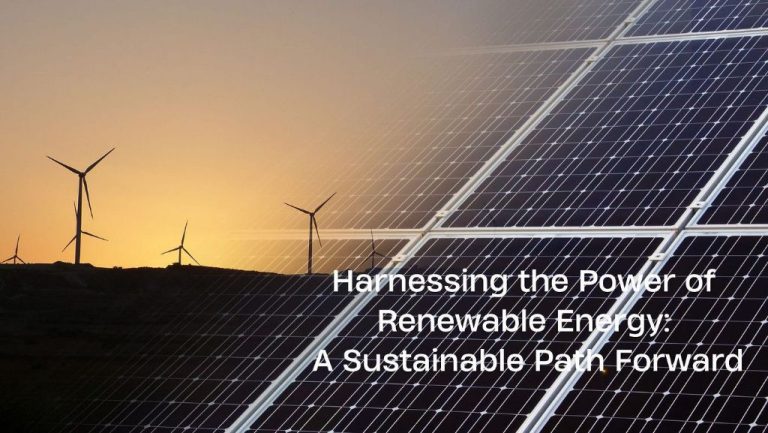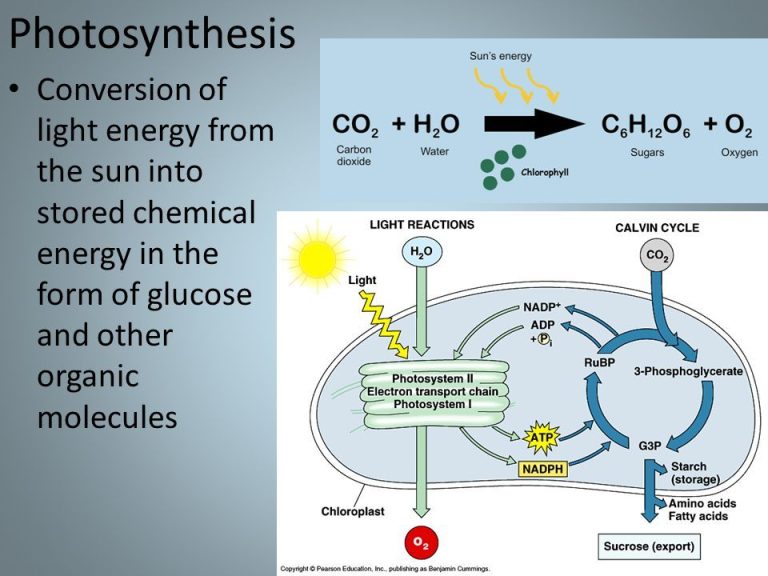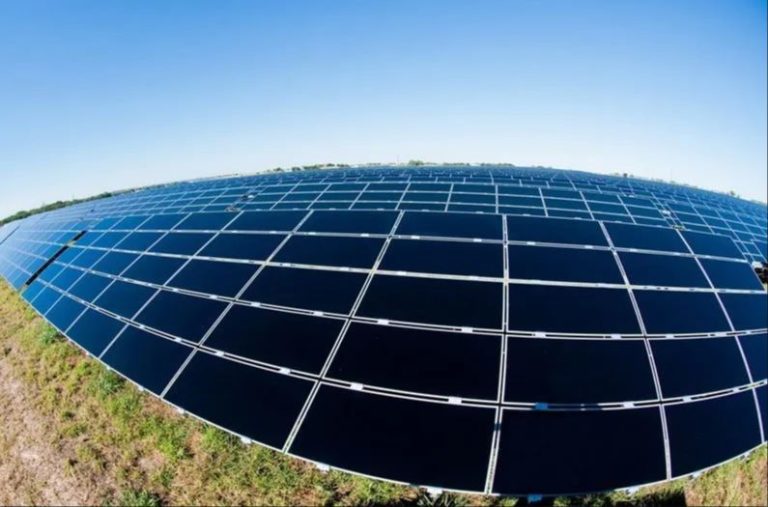How Long Do Solar Panels Take To Pay For Themselves In Florida?
Solar panels have become increasingly popular in Florida in recent years as homeowners seek to offset their high electricity costs by generating some or all of their energy needs with solar power. Installing a solar photovoltaic (PV) system requires a considerable upfront investment that homeowners recoup over time through lower electric bills. Determining the payback period – how long it takes for the savings from solar panels to surpass their initial cost – can help homeowners decide if solar is a sound investment for them.
This guide will examine the key factors that go into calculating solar panel payback in Florida, including system costs, electricity rates, and financial incentives. With energy prices projected to keep rising, solar panels can pay for themselves more quickly, allowing homeowners to lock in lower energy costs for decades. We’ll look at the variables that can shorten or lengthen the payback period so Florida homeowners can make an informed decision about installing a solar PV system.
Average Cost of Solar Panels in Florida
The cost of solar panels in Florida varies greatly depending on system size, equipment choices, location, and installation complexity. However, most solar companies calculate costs based on dollars per watt of solar panels installed. This allows easy comparison between different bids.
For residential solar systems, current costs average $2.50 to $3.50 per watt in Florida. So a typical 6 kW system would range from $15,000 to $21,000 before incentives. Commercial and utility-scale systems can be lower, averaging $1.75 to $2.50 per watt due to economies of scale. Prices have decreased over 80% in the last 10 years as manufacturing has improved.
Factors That Affect Solar Panel Costs
When estimating the cost of a solar panel system in Florida, several factors come into play:
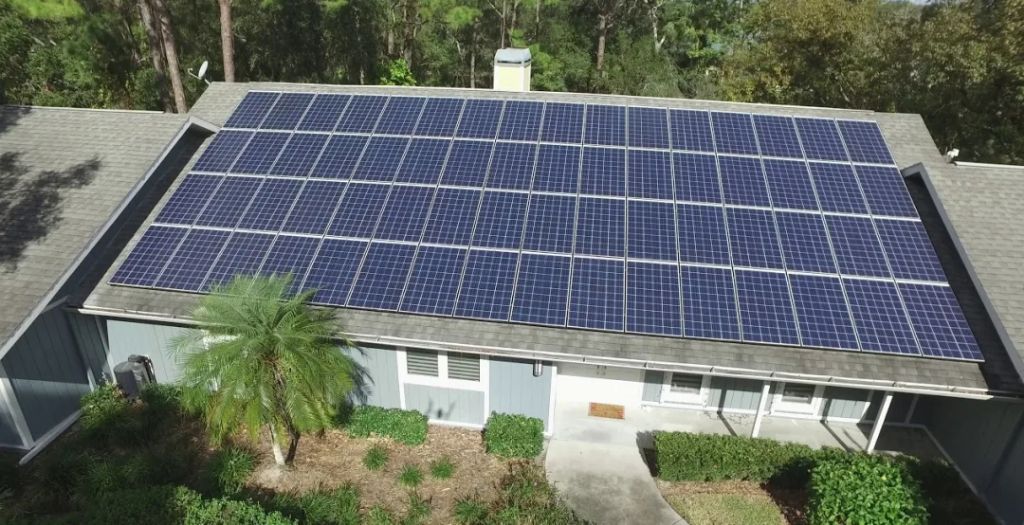
Size of the System
The number of solar panels needed largely determines overall system costs. More panels mean higher capacity to generate electricity. For the average home, a system size of 5-8 kW is typical.
Roof Type
Installing solar panels on a sloped roof is simpler and less expensive than mounting them on a flat roof. With a sloped roof, rails can be directly attached. Flat roofs require additional mounting equipment.
Permits
Most areas in Florida require building permits to install solar panels. Permit costs can range from $200 to over $1,000 depending on system size and local fees.
Labor
In addition to the solar equipment, installation labor represents a significant portion of the overall cost. This includes electricians, roofers and solar technicians working on the project.
Average Electricity Costs in Florida
Florida residents pay some of the highest electricity rates in the United States. According to the U.S. Energy Information Administration (EIA), the average price per kWh for residential customers in Florida as of November 2022 was 15.46 cents. This is well above the national average of 14.22 cents per kWh.
Residential electricity prices in Florida have been rising steadily over the past decade. In 2012, the average price per kWh was 11.54 cents. So in 10 years, rates for households have increased by about 34%.
There are several reasons why electricity costs are high and increasing in Florida:
- Hot weather drives up air conditioning usage and demand during the long summer months.
- Florida’s continued population growth increases electricity demand.
- Fuel costs for natural gas and coal power plants are volatile.
- Upgrades to the electricity transmission and distribution system come at a cost.
- Compliance with environmental regulations has added expense for utility companies.
These factors all contribute to monthly power bills for Florida homes that can easily top $200 or even $300 in the hotter months. Going solar can be an effective way to reduce exposure to rising utility rates.
Electricity Bill Savings from Solar
Installing solar panels in Florida can lead to significant savings on your monthly electricity bills. On average, solar panels in Florida can reduce your electricity bill by 50% to 90%. The exact savings depends on several factors:
How many solar panels you install – More solar panels means more electricity production and greater bill savings. A typical 5 kilowatt (kW) solar system may reduce bills by 60% to 80%.
Your electricity usage – If you are a high energy user, solar can offset a larger portion of your existing electricity consumption. For low energy users, solar savings may be a lower percentage.
Electricity rates – Areas with high electricity rates see greater savings from solar. Florida’s average electricity rate is around 12 cents per kilowatt-hour (kWh), providing good savings potential.
Direction roof faces – South-facing roofs maximize solar production and savings. East/west-facing see reduced savings around 10% to 25% less.
In summary, most Florida homeowners installing an appropriately-sized solar system can expect to cut their electricity bills by half or more. With high electricity rates and abundant sun, solar panels can pay for themselves in 5 to 10 years through utility savings.
Federal and State Solar Incentives
There are several government tax incentives and rebates available to homeowners in Florida who install solar panels.
The federal government offers an Investment Tax Credit (ITC) which allows you to deduct 26% of the cost of installing a solar energy system from your federal taxes. This credit will decrease to 22% in 2023. There is no cap on the amount that can be claimed.
Additionally, Florida offers a solar rebate through the Renewable Energy Technologies Income Tax Credit program. Homeowners can receive tax credits equal to 100% of the costs associated with purchasing and installing solar panels, up to $50,000. Any unused credit can be carried forward up to 5 years.
Many local electric utilities and municipalities also offer rebates and incentives to go solar. For example, Orlando Utilities Commission provides a rebate of $0.50 per watt up to a maximum of $6,000 for installing a solar PV system.
Taking advantage of these credits and rebates can significantly reduce the out-of-pocket costs of installing solar panels in Florida.
Net Cost of a Solar System
The upfront cost of a solar panel system is only part of the equation. To calculate the true net cost, you need to factor in any federal, state, and local incentives or rebates that can help reduce the overall investment.
The main incentive is the federal solar tax credit, which allows you to claim 26% of your solar installation costs back on your taxes. There are also additional rebates and tax credits available in certain cities and counties in Florida.
For example, a 5 kW solar system may cost $15,000 to purchase and install. If you are eligible for a 26% federal tax credit, that’s $3,900 back at tax time. And any other state/local incentives would further reduce your net cost. Your final out-of-pocket cost might end up being $9,000-$11,000 for that system after claiming these incentives.
Looking at net cost gives you a more accurate picture of what you will really pay for your solar panel system after incentives are factored in.
Solar Panel System Payback Period
The payback period refers to the amount of time it takes for the savings from solar energy to equal the cost of the solar panel system. This is a key metric used to determine the return on investment from going solar.
In Florida, most homeowners can expect a solar panel system payback period of 4 to 8 years. This means with average electricity costs and solar panel system prices in the state, a home solar energy system will have paid for itself within 4 to 8 years through utility bill savings.
Some key factors that affect the solar panel payback period in Florida include:
- Electricity costs – Areas with high electricity rates will have faster payback.
- Solar panel costs – More affordable solar panel system costs lead to faster payback.
- Electricity usage – Homes with high energy use will see higher utility bill savings.
- Solar incentives – Rebates and tax credits reduce net costs, shortening payback time.
- Panel efficiency – More efficient solar panels produce more energy, increasing savings.
With optimal conditions, certain homeowners in Florida can achieve payback in as little as 3 years. Payback periods longer than 10 years may make solar power less financially viable.
Factors That Shorten Payback Period
There are several key factors that can shorten the payback period for solar panels in Florida:
Electricity Rate Increases
Utility electricity rates have been steadily rising in Florida over the past decade, averaging around 2-3% per year. Higher electricity rates make solar panels more valuable, since they lock in lower rates over a system’s lifetime. This can significantly shorten the payback period.
Newer Solar Panels
As solar technology improves, newer panels are becoming more efficient at converting sunlight to electricity. More efficient panels generate more electricity and savings, shortening the payback period. Going with newer, high-efficiency panels can shave years off the payback time.
Net Metering
Florida has statewide net metering rules that allow solar customers to get credit for excess electricity sent back to the grid. This credit rolls over month-to-month and offsets costs at night or on cloudy days. Net metering policies can make a major impact on shortening payback periods.
Conclusion
After considering the upfront costs of installing solar panels in Florida, the incentives and savings on electricity bills, and the factors that can shorten the payback period, we can conclude that a typical solar panel system will pay for itself within 6-8 years.
The key points are:
- Solar panel systems in Florida cost $15,000 – $25,000 on average for a 5kW system
- Electricity rates in Florida average 12-14 cents per kWh, with solar saving 75% on bills
- Federal and state tax credits can cover 25-40% of solar system costs
- Net costs end up around $8,000 – $15,000 after incentives
- With bill savings of $1,000+ per year, payback happens in 6-8 years
- Payback periods can be even shorter with utility rebates, low interest loans, and rising electricity rates
In summary, solar panels represent a sound long-term investment for most Florida homes, paying for themselves in 6-8 years and providing decades of free electricity after that.

